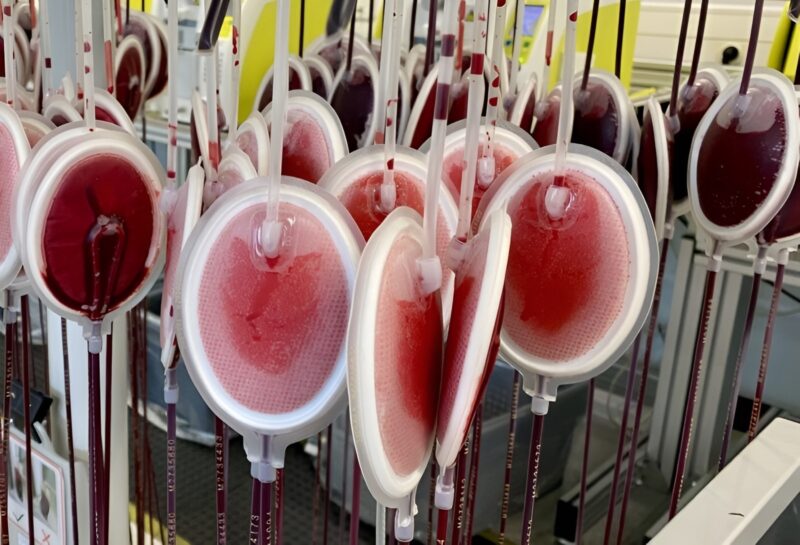
Leukoreduction Filters in Transfusion Medicine: 4 Factors That Matter Most
Maxime Dely, Sales and Application Specialist in Therapeutic Apheresis and Cell Therapy, has shared a post on LinkedIn:
”Do all leukoreduction filters perform the same? Not really…
In transfusion medicine, not all filters are equal. Behind what looks like a simple device lie technical choices that directly impact patient safety and blood product quality. So… how do you know which one is the right filter?
Here are the 4 key criteria:
Leukoreduction performance
• European standard: ≤ 1 million residual white blood cells
• AABB standard: ≤ 5 million
In practice, users often expect a filter to perform 5 to 10 times better than these limits, to ensure stability and safety.
Residual losses
An efficient filter retains leukocytes… but it may also trap red blood cells. Too much loss = a direct impact on hemoglobin levels, or on the required minimum recovery (≥ 85% according to AABB). The challenge is to find the right balance.
Filtration speed
Some centers want ultra-fast processing. Others prefer quality over speed. It all depends on the number of units to process daily and the available “masked time.”
Final component quality
Filters also influence hemolysis in red blood cells or platelet activation in PC. An invisible variable… but one that determines therapeutic value.
Conclusion – there is no such thing as a “perfect” filter. The right filter is the one that fits your process, your priorities, and your patients.
And you, which of these criteria weighs the most in your decisions?”

Stay updated on the emerging in transfusion medicine with Hemostasis Today.
-
Dec 6, 2025, 18:02ASH25 Day 1: Don’t Miss The Highlights
-
Dec 6, 2025, 15:44Atul Gupta on Where The Healthcare Innovation is Headed
-
Dec 6, 2025, 15:22Nathan White on How Inflammation Contributes to Coagulopathy After Trauma
-
Dec 6, 2025, 15:02Anas Younes on AstraZeneca’s Aims in Blood Cancer to Be Presented at ASH25
-
Dec 6, 2025, 14:08David Alderman: ASH25 is Live
-
Dec 6, 2025, 13:53Isabelle Mahé Presents The Proposals from INNOVTE CAT Working Group
-
Dec 6, 2025, 11:50Steve Tuplin on Roche’s Mission at ASH25
-
Dec 6, 2025, 11:13Khaled Musallam on The Lancet Haematology Podcast: Your ASH25 Roadmap
-
Dec 5, 2025, 03:46Sreeni Sivan Pillai: Preventing Thrombophlebitis and Upper Limb DVT in PICC Lines
